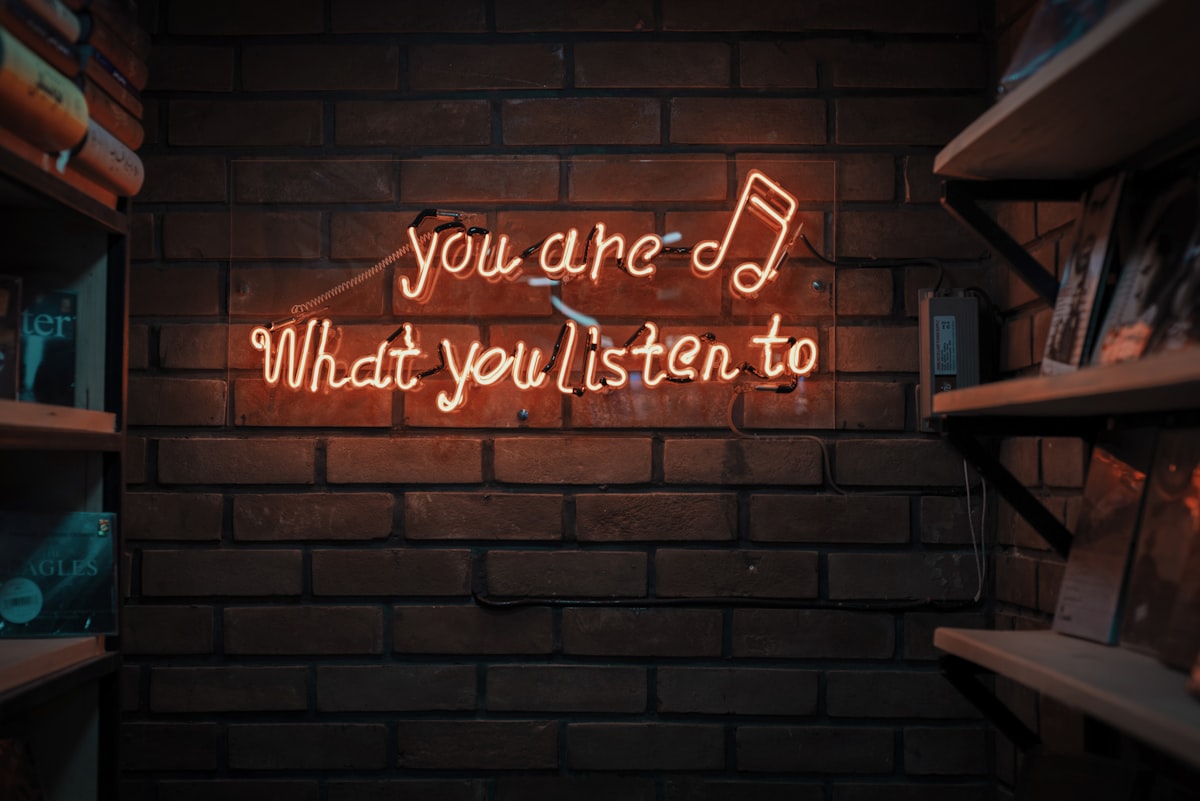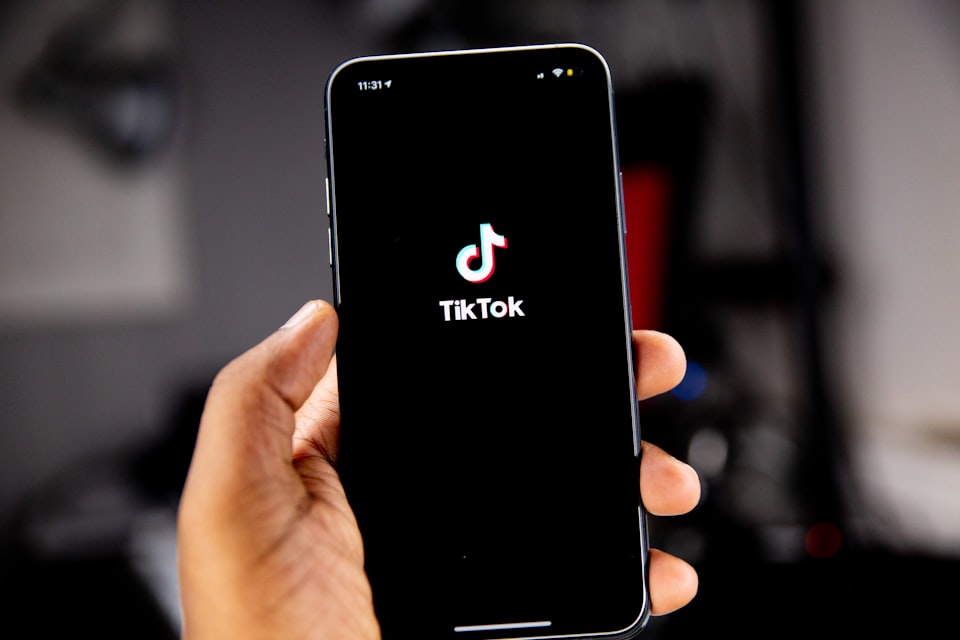Sonic Advertising: The 100% Love Match Between Music & Ads

Sonic advertising is emerging as a pivotal trend, emphasizing the importance of how a brand's sound connects with its consumers. This trend is gaining recognition as a critical factor in capturing consumer attention. We all know how the attention economy concept has become a focal point in the marketing world over the last few years, spurred by Dr. Karen Nelson-Field's influential book on the Attention Economy.
The marketing community is coming to a consensus: the value of attention has been overlooked in recent years, yet there's a collective uncertainty about how to harness it effectively.
But what strategies can effectively capture this elusive attention? ===> Sonic advertising stands out as a compelling answer.
Among various strategies to garner attention, sonic branding—leveraging music, sounds, or sonic cues—has proven to be an effective method for engaging consumers.
Historically, music has played a vital role in advertising; notable examples include Coca-Cola's "I’d Like to Teach the World to Sing," Cadbury's use of Phil Collins' "In The Air Tonight," and Sheba's innovative take on Peggy Lee's "Fever." In the age of television, music enhanced advertising by adding an entertainment layer.
In the modern, cluttered digital advertising landscape, where the prevalence of secondary screens dilutes ad attention, audio signals offer marketers a powerful tool to recapture audience focus. Research from TVision in the US highlights how shifts in tonality, memorable jingles, and iconic songs can re-engage viewers during commercial breaks, underscoring the effectiveness of sonic advertising.
On mobile platforms, the role of sound varies: it may be secondary on Facebook, seldom needed on X, but central to strategies on TikTok or YouTube.
Audio has become a critical element of communication strategies, especially with the rise of voice technologies (e.g., Alexa), the potential for audio-only social media platforms, the expansion of podcasting, and a resurgence in online radio's popularity. Or is that a 2020 trend?
Now is the opportunity to develop unique audio assets for your brand's sonic identity. Look beyond leveraging well-known songs for transient buzz. Strive for consistency and seek to emulate the success of pioneers like Intel, Nokia, Schmackos, Pedigree, or Mastercard.
Sound remains an integral component of advertising in various forms; the challenge lies in identifying and cultivating a distinct sound that embodies your brand's unique identity.




